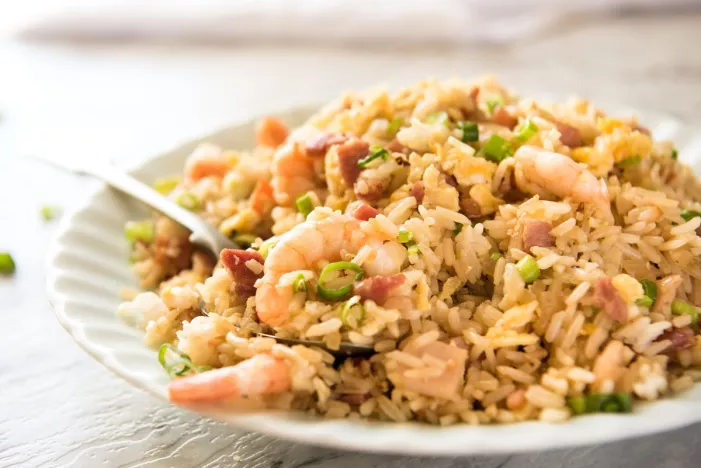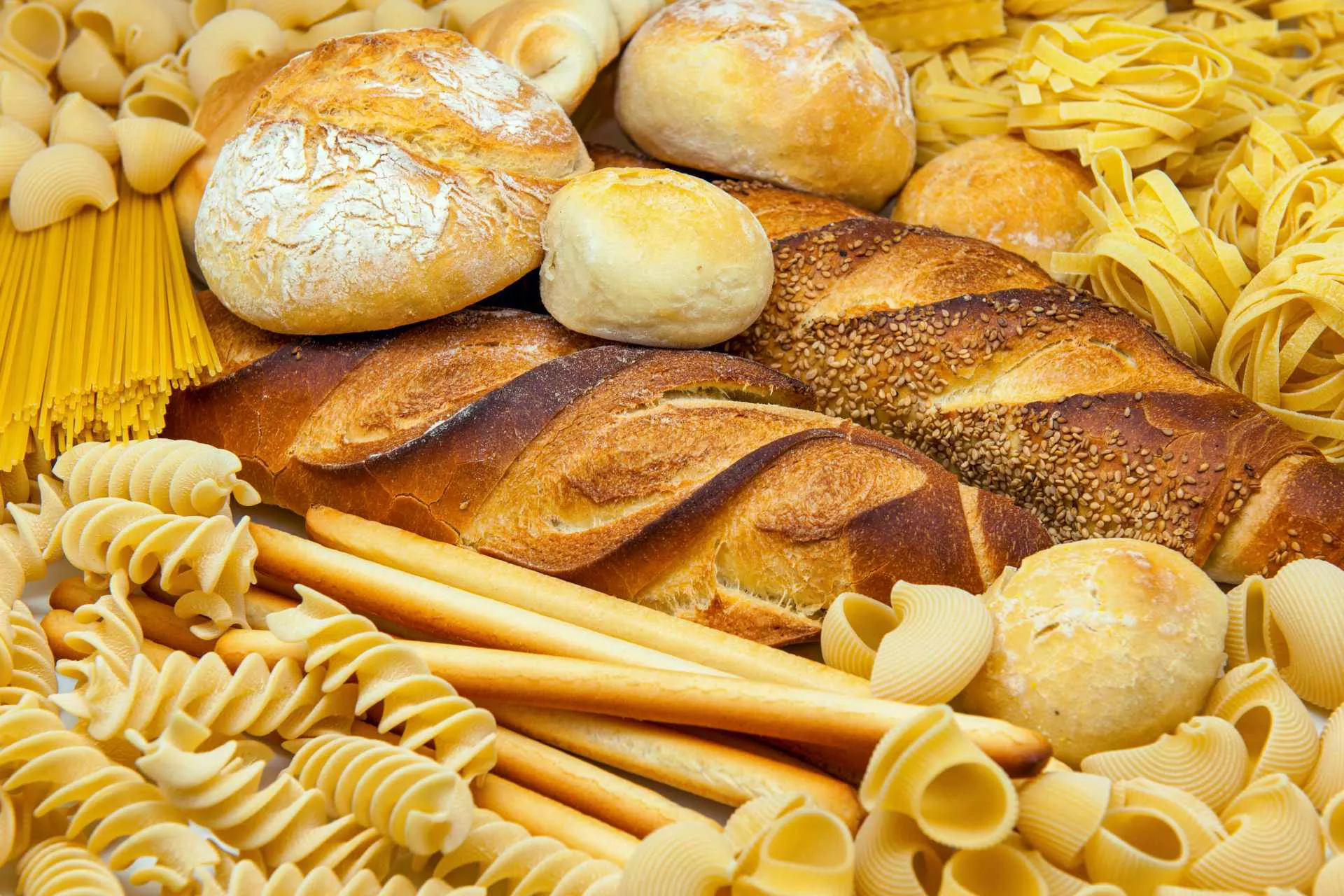Chinese cuisine is celebrated for its exquisite balance of flavors, textures, and aromas. One of its most beloved and versatile dishes is fried rice. What sets Chinese fried rice apart is the skillful combination of ingredients, techniques, and seasonings. In this article, we will delve into the secrets of how the Chinese make fried rice, exploring the choice of ingredients, cooking methods, and the fine art of flavor harmonization.
Selecting the Right Rice for Fried Rice
The foundation of exceptional Chinese fried rice lies in choosing the right type of rice. Long-grain varieties like Jasmine or Basmati rice are preferred for their distinct fragrance and individual grains that separate when cooked. Leftover, day-old rice is also a popular choice, as it has slightly dried and hardened, making it less likely to turn mushy when stir-fried. Freshly cooked rice tends to be too moist for the ideal fried rice texture.
The Importance of Preparation
Proper preparation is the key to achieving the perfect fried rice texture. Before you start cooking, it’s crucial to:
Rinse the Rice: Wash the rice thoroughly to remove excess starch. Rinse until the water runs clear to prevent the grains from sticking together during cooking.
Cook the Rice in Advance: If you’re not using leftover rice, cook the rice in advance and let it cool. This ensures that the rice grains remain separate when stir-fried.
Prep All Ingredients: Have all your ingredients measured, chopped, and ready to go before you start cooking. Stir-frying is a quick process, so having everything within reach is essential.
Wok, the Magic Pan
The wok, a versatile and essential tool in Chinese cooking, is crucial for making fried rice. The shape of the wok allows for even heat distribution and fast cooking. To make Chinese fried rice, it’s important to:
Heat the Wok: Heat your wok until it’s smoking hot before adding any ingredients. This ensures that the ingredients will cook quickly and evenly.
Use the Right Oil: Traditionally, a neutral oil with a high smoke point, such as vegetable oil or peanut oil, is used. These oils won’t impart their own flavors to the dish.
Season the Wok: Some chefs recommend “seasoning” the wok by heating it with a small amount of oil and sliced ginger or garlic. This adds a subtle aromatic quality to the dish.
The Building Blocks of Flavor
Chinese fried rice is all about layering flavors. Here’s how to do it:
Aromatics: Start by stir-frying aromatics like minced garlic, ginger, and green onions in the hot wok. These infuse the oil with their fragrant essence.
Proteins: After the aromatics have released their aroma, add your choice of protein, such as diced chicken, shrimp, or tofu. Stir-fry until the protein is cooked through. Remove it from the wok and set it aside.
Eggs: Scramble eggs in the wok. When they are almost set, return the cooked protein to the wok and stir to combine.
Vegetables: Add vegetables like bell peppers, peas, and carrots. Stir-fry until they are tender but still crisp.
Soy Sauce, the Essential Seasoning
Soy sauce is a fundamental seasoning in Chinese fried rice, contributing saltiness and a rich, savory umami flavor. To use soy sauce effectively:
Light Soy Sauce: This is the standard soy sauce used for flavoring the fried rice. It imparts a well-balanced saltiness and color.
Dark Soy Sauce: Dark soy sauce adds a deeper color and a hint of sweetness. It is often used in Chinese fried rice for its caramelized flavor.
Oyster Sauce: Oyster sauce is another umami-rich ingredient that enhances the overall flavor profile. Use it sparingly to avoid overpowering the dish.
The Rice and Final Stir-Fry
Add the cooked and cooled rice to the wok and stir-fry to combine all the ingredients. Here are some additional tips for the final stages of the stir-fry:
Toss and Flip: Use a tossing and flipping motion with your spatula to ensure that the rice is evenly coated with the seasonings and ingredients.
Avoid Overloading the Wok: Stir-frying works best when there is enough room in the wok for the ingredients to move freely. Overloading the wok can lead to uneven cooking.
Final Seasoning: Taste the fried rice and adjust the seasoning with more soy sauce, salt, or other condiments if needed. Keep in mind that it’s easier to add more seasoning than to correct an overly salty dish.
Garnishes and Serving
Chinese fried rice can be garnished with various ingredients to add texture and flavor. Some common garnishes include:
Sliced Green Onions: Fresh green onion tops are a classic garnish for a burst of color and mild onion flavor.
Toasted Sesame Seeds: Toasted sesame seeds add a nutty crunch and a delightful aroma.
Cilantro: Chopped fresh cilantro leaves provide a burst of freshness and a hint of citrus.
Crushed Red Pepper Flakes: For a touch of heat, sprinkle crushed red pepper flakes over the fried rice.
Conclusion
Chinese fried rice is a culinary masterpiece that combines the simple elegance of rice with a symphony of flavors and textures. The secret lies in the choice of ingredients, proper preparation, and the use of a hot wok. Whether you’re making it at home or enjoying it at a Chinese restaurant, understanding the techniques and nuances of crafting perfect fried rice will help you appreciate the artistry that goes into this timeless and beloved dish.

























